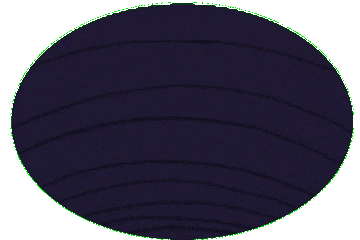New Haven, Connecticut
New Haven is a city in the U.S. state of Connecticut. It is located on New Haven Harbor on the northern shore of Long Island Sound. With a population of 134,023 at the 2020 census, it is the third-most populous city in Connecticut and the largest in the South Central Connecticut Planning Region, with the Greater New Haven metropolitan area having an estimated 577,000 residents. New Haven was one of the first planned cities in the U.S. A year after its founding by English Puritans in 1638, eight streets were laid out in a three-by-three grid, creating the "Nine Square Plan". The central common block is the New Haven Green, a 16-acre (6 ha) square at the center of Downtown New Haven. The Green is now a National Historic Landmark, and the "Nine Square Plan" is recognized by the American Planning Association as a National Planning Landmark. New Haven is the home of Yale University, New Haven's biggest taxpayer and employer, and an integral part of the city's economy. Health care, professional and financial services, and retail trade also contribute to the city's economic activity. The city served as co-capital of Connecticut from 1701 to 1873, when sole governance was transferred to the more centrally located city of Hartford. New Haven has since billed itself as the "Cultural Capital of Connecticut" for its many theaters, museums, and music venues. New Haven had the first public tree planting program in the U.S., producing a canopy of mature trees (including some large elms) that gave the city the nickname "The Elm City".
This article uses material from the Wikipedia article "New Haven, Connecticut", which is released under the Creative Commons Attribution-Share-Alike License 3.0.
References
| Title | Summary | |
|---|---|---|
| Nilsson's Aerial Ballet | ... Poli's Wonderland Theater in New Haven, Connecticut . ... | |












